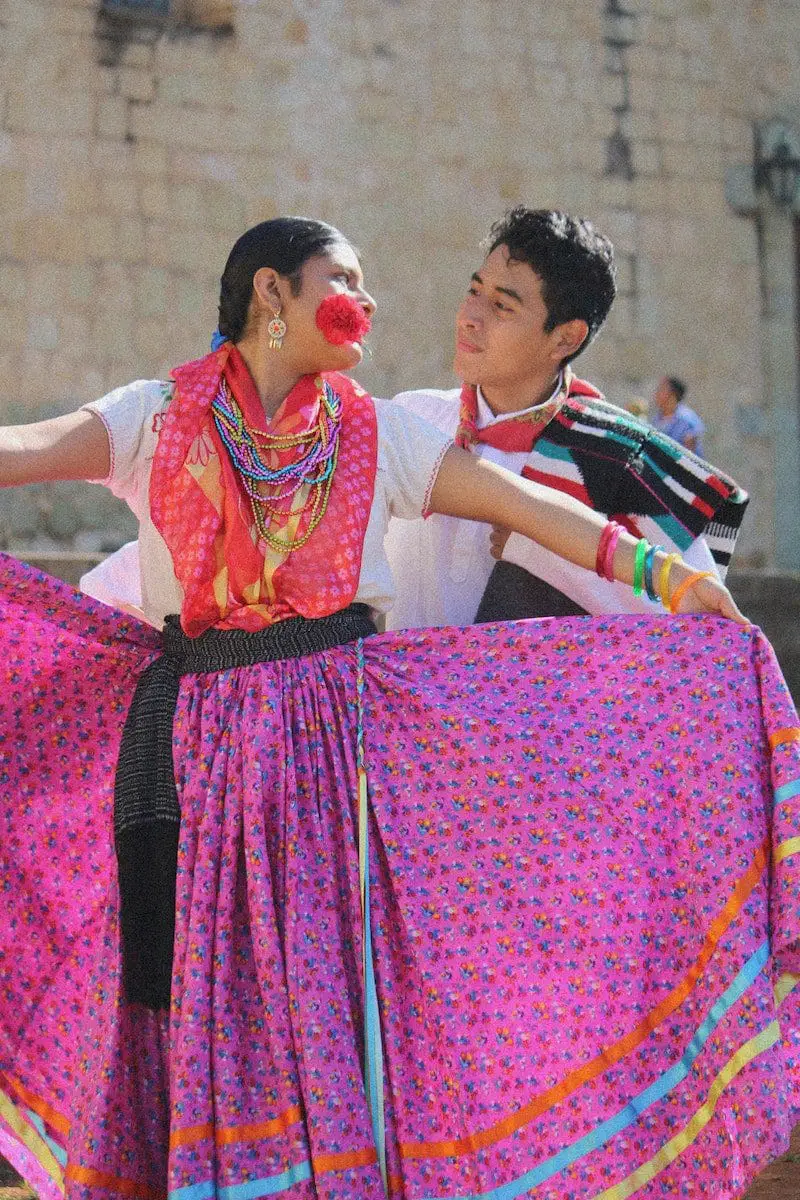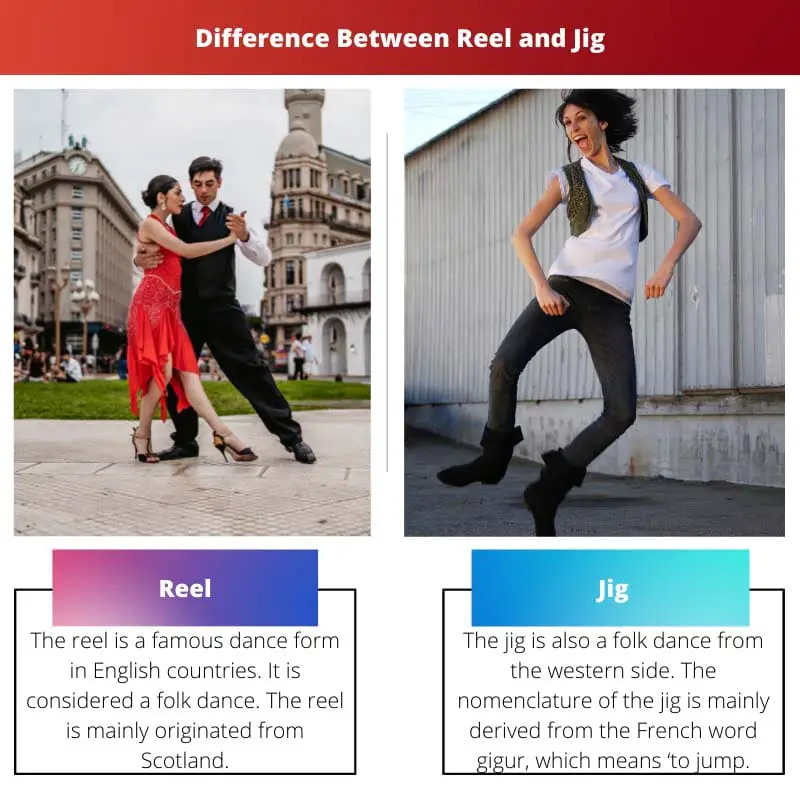There are many kinds of cultures all over the world. One of the most famous and familiar art cultures is the art of dance. Dance is a very ancient form of art and skill.
Dances consider an art form that teaches the importance of cooperation and understanding musical rhythms. The most famous dance forms in western countries are reels and jigs.
Key Takeaways
- A reel is fishing equipment for retrieving the fishing line, while a jig is a fishing lure attached to the fishing line.
- Reels can be used in freshwater and saltwater fishing, while jigs are commonly used in freshwater fishing.
- The primary function of a reel is to retrieve the fishing line, whereas the jig is designed to mimic the movement of prey to attract fish.
Reel vs. Jig
Reel has a time signature of 44, whereas the jig has a time signature of 6/8. A time signature is a western form of musical rhythm notation; it is used to specify how many pulses are contained per bar.

The reel is a famous dance form in Scotland. The revolution is considered a folk dance. This is the first dance form that is taught to any beginner dancer. It is regarded as the most accessible form of Irish dance.
The jig is also a folk dance of English origin. The name jig comes from the French word gigur, which means ‘to jump.’ It mainly originated in Ireland and Scotland.
Comparison Table
| Parameters of Comparison | Reel | Jig |
|---|---|---|
| Origin | In 15th century | In 16th century |
| Time signature | 4/4 | 6/8 |
| Popularity | Most popular. Secures the first position. | Second popular; after the reel. |
| Adoption by dancers | Easiest dance form. They are taught to beginners. | Elegant and graceful dance form with fast rhythms |
| Derivatives | No derivative forms. | Light jig, Slip jig, Single and Double jigs, etc. |
What is Reel?
The reel is a famous dance form in English countries. It is considered a folk dance. The revolution mainly originated in Scotland. In the US, it is the most central tradition of square dance.
The music of the reel dance has a time signature of 4/4. A time signature is a western form of musical rhythm notation; it is used to specify how many pulses are contained per bar.
The most common words used in feet taps for the rhythm of reel music are“double-decker, double-decker.” If this line matches the rhythm, then it is reel music. The dance folk dance is mainly composed in binary forms.

What is Jig?
The jig is also a folk dance from the western side. The vocabulary of the jig is mainly derived from the French word gigur, which means ‘to jump.’ This dance form originated in both Ireland and Scotland.
The jig is considered an exquisite dance form by the English. This art form is performed with fast footsteps and a tight and firm upper body. This is a fast-rhythm dance form.
This music is played very fast by the musicians. It has a time signature of 6/8, meaning it has six pulses to every bar. It is like I 123 – 456 I 123 – 456 I. This rhythm is also described as “carrots and cabbages, carrots and cabbages.”
There are different types of jigs, like a light jig, slip jig, single and double jibs, etc. These have some other specialties within the horizon of the leading dance art. The slip jag is the most famous type of jig in Ireland.

Main Differences Between Reel and Jig
- The jig has many derivative forms of dance in other states. Among these, a slip jig is considered an Irish ballet. But the reel does not have any other type.
- The reel is more ancient in comparison to the jig. The reel was first known as a dance in the 15th century, whereas the jig came to the people in the 16th century.

- https://books.google.com/books?hl=en&lr=&id=v8CIXKbUpQgC&oi=fnd&pg=PP2&dq=reel+dance&ots=5KtBcegfW3&sig=lfeFnULCaYYUUDvkqeVuvbYRlYg
- https://books.google.com/books?hl=en&lr=&id=v8CIXKbUpQgC&oi=fnd&pg=PP2&dq=jig+dance&ots=5KtBcegfY5&sig=SC5RNI_jVgnnLx7O81b8Tb0o0w0

I don’t see the point of comparing fishing equipment with dance forms. It seemed a bit out of place.
I think the comparison was meant to highlight the differences between Reel and Jig, albeit in an unconventional way.
It’s fascinating how the jig has a time signature of 6/8 and originated from Ireland and Scotland.
This is a very informative post, it’s interesting to learn about the differences between Reel and Jig dances.
Yes, it sheds light on the origin of the dances as well.
I agree, the historical context definitely adds to the understanding of these dances.